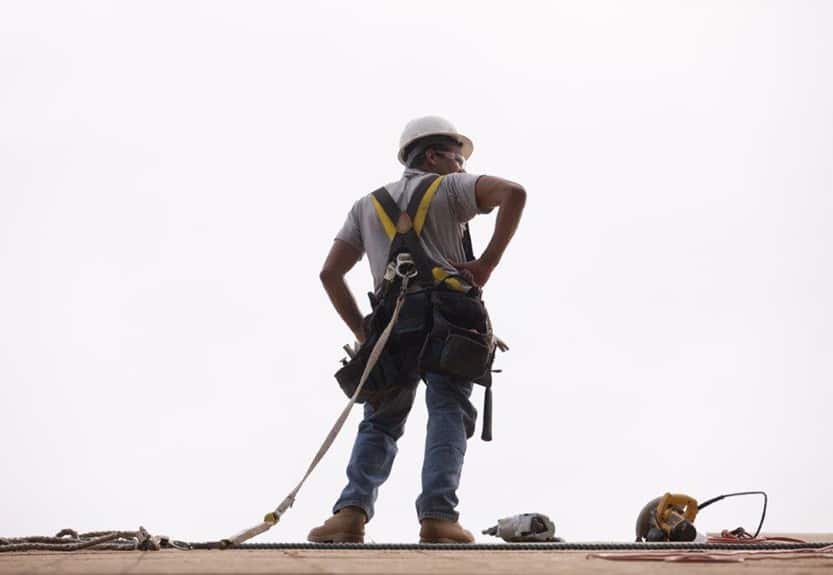
Inspecting Your Commercial Roof
December 16, 2016
Through proper maintenance, the life of your commercial roof can be extended and at the same time reduce the potential water damage to building interior. In order to reduce potential damage brought about by weather and other environmental exposures, it would be wise for your roof to undergo thorough inspection at least twice a year.
When Should You Get an Inspection?
The suggested times for routine inspections are in the spring after the winter season, and late fall after the hot summer but before the winter weather arrives.
This would require a roof maintenance program which is a systematic approach similar to any other mechanical system requiring maintenance. As with any other maintenance program, management should assign this duty to a competent and trained person.
What Should the Maintenance Program Include?
The maintenance program should include documentation that includes but is not limited to inspection forms, photographs, notes, repair invoices to identify and record the issues noted during the routine inspections and to provide guidance to the contractors who will complete the repair. The goal of a roof maintenance program is to identify problem areas and complete repairs before they become major issues.
During the initial phase of establishing the roof maintenance program, the responsible individual should document some basics which include pertinent and basic details regarding the roof like when the roof was installed and the last time roof repair or updates were completed. Also, signs that suggest current leak leakage should be noted. IT would also include who conducts the roof maintenance programs and how often inspection or maintenance procedures are completed.
When completing the initial observation as well as routine inspections, note any evidence of roof problems such as:
- Water stained ceiling tiles.
- Discoloration of interior walls surfaces.
- Deformations in the wall surface.
- Evidence of leakage around window frames.
- Rust or other deterioration of roof structural components such as roof decking and or joists.
- Mold on building surfaces.
When inspecting your commercial roof, do not forget to check the aforementioned issues to ensure the longevity of your commercial roof.
![]() Phoenix, Arizona: 602-932-1623
Phoenix, Arizona: 602-932-1623
![]() Phoenix, Arizona: 602-833-1185
Phoenix, Arizona: 602-833-1185
![]() Houston, Texas: 713-936-6420
Houston, Texas: 713-936-6420
